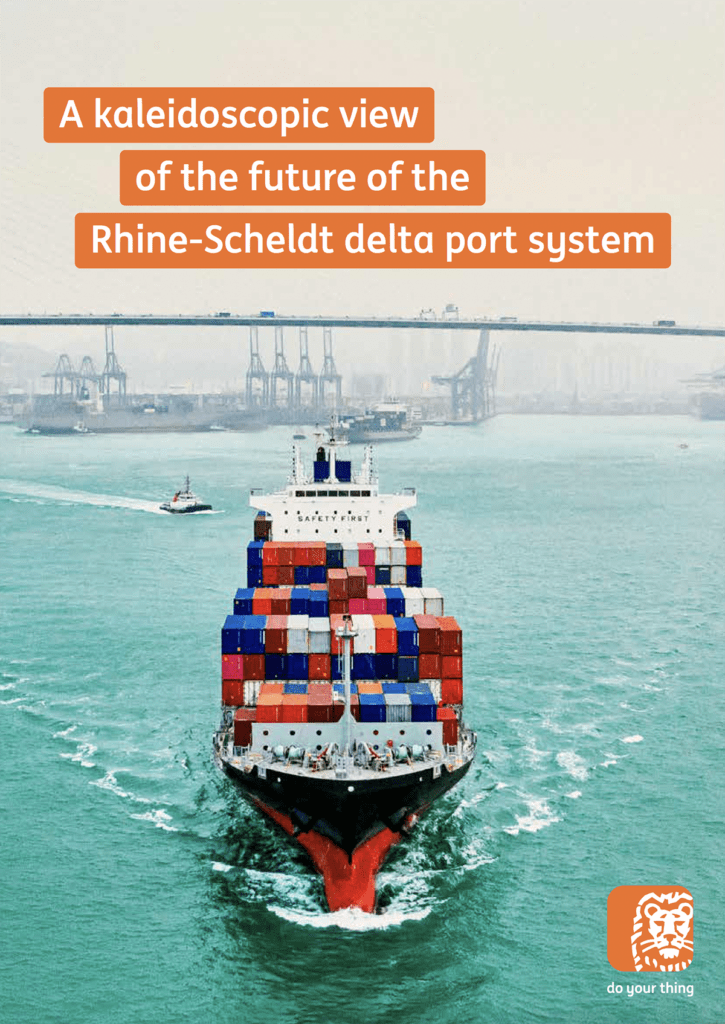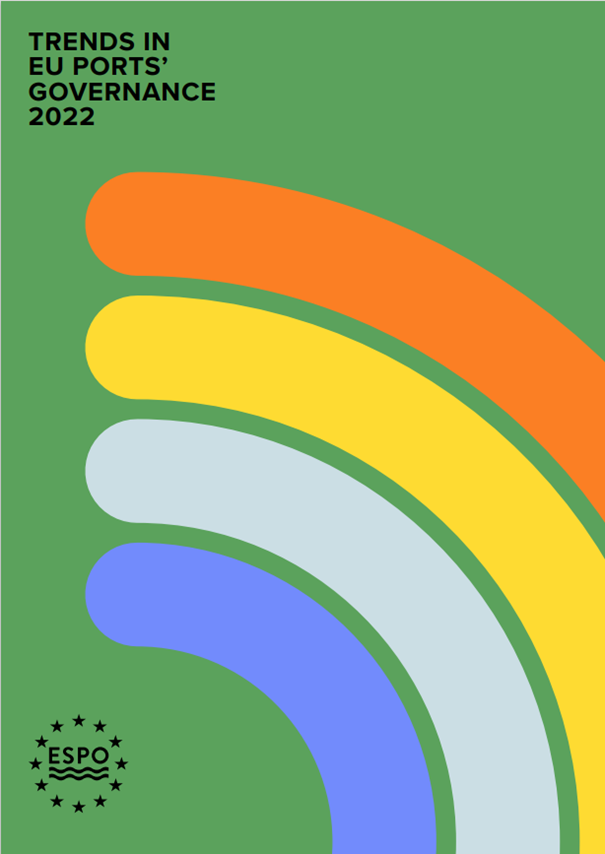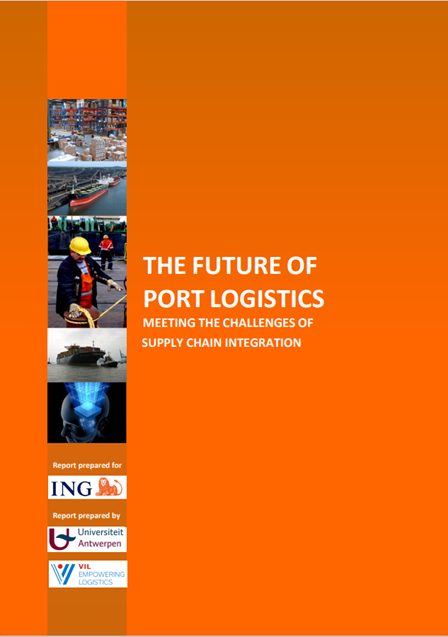A kaleidoscopic view of the future of the Rhine-Scheldt delta port system
The industrial-economic complex in the Rhine-Scheldt Delta is one the largest port systems in the world, partly thanks to its location, including the appropriate space for industry and hinterland access, and the cluster effects in the form of the presence of knowledge networks and hinterland markets. The Rhine-Scheldt Delta fulfills an important function as gateway to the vast European hinterland. The region is home to an array of seaports, each displaying specific characteristics in terms of history, dimension and specialization. The ports in the Rhine-Scheldt Delta are strongly linked in a functional sense, which was further strengthened by recent integration movements into larger administrative units. The economic significance of the ports for citizens and businesses in the national economy is substantial. For example, seaports play an essential role in the open economies of the Low Countries, and they play an important role in shaping the energy transition, the circular economy and the pursuit of more sustainable and resilient logistics chains.
Since 2011, the University of Antwerp and partners have prepared a total of seven port studies commissioned by ING Bank, each addressing a series of themes in relation to the ports in the Rhine-Scheldt Delta or, occasionally, only the Belgian ports within the Delta.
The previous studies thus covered a very broad spectrum of important port themes. This report does not focus on introducing a new overall theme. Instead, the aim of the study is to examine the future of seaports in the Rhine-Scheldt Delta by critically analyzing a range of important developments.
The term kaleidoscope in the report’s title is used as a metaphor for the followed approach. The user looks into a kaleidoscope from one side and the light creates reflections in mirrors from the other side. These reflections create multicolored patterns, which can then change when the tube is shaken. In a figurative sense, the term kaleidoscope denotes the possible presence of a wide range of aspects, opinions and points of view in a particular domain.
In following the kaleidoscopic approach, we will mainly look for trends and developments about which there is still a lot of uncertainty, or about which visions and opinions differ greatly. These possible trends and developments are divided into a number of major themes which are also interconnected. The following main themes are distinguished in relation to the Rhine-Scheldt Delta ports:
- Ports and international trade
- Port competition in a European perspective
- Ports and the organization of (maritime) supply chains
- The role and functioning of managing bodies of ports
- Sustainable ports
Many of the above themes have already been addressed in previous ING studies in some manner. Therefore, instead of presenting long drawn-out discussions per main theme, this report contains shorter and focused analyses. For each main theme, a selection of critical propositions are posited, which are discussed with attention to the different visions and perspectives that exist in that area, the arguments and data that support the proposition and possible arguments that undermine it. These arguments for and against are supported as much as possible by findings in the existing literature, but also supplemented with own insights. The report therefore mainly looks for future trends about which the various experts and sources are much less unequivocal. To keep things manageable, the number of propositions being addressed is limited to an average of two to four per main theme. The study focuses in particular on the ports and port companies in the Rhine-Scheldt Delta, but the detailed analysis can be of relevance to other seaports as well.
In view of guiding the drafting of this report, an editorial board was composed with representatives from port companies, port authorities and ING. During consultation moments with the editorial board, the members critically assessed the progress of the study and provided valuable inputs and suggestions.
The report is structured as follows:
- The first section is an introduction.
- The second section introduces the Rhine-Scheldt Delta port system by focusing on cargo volumes, dynamics in port governance, economic and strategic impact and advances in sustainability, energy transition and the circular economy.
- In section 3, the five themes covering possible trends and developments relevant to the Rhine-Scheldt Delta port system are presented, as well as a series of selected propositions.
- The formulated propositions are analyzed in sections 4 to 8. The discussion of each proposition consist of a theme setting part, several sub-headings in which different aspects are being analyzed in more detail and a summary table which brings together the arguments and observations in support of the proposition, the arguments and observations going against the proposition and the overall implications on the Rhine-Scheldt Delta port system.
- Section 9 includes a structured summary of the findings and some final remarks with respect to the presented research.





